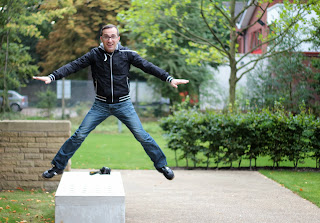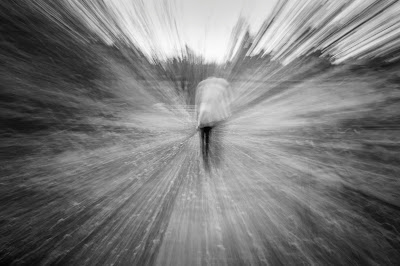Selection tools:
The range of selection tools in Adobe Photoshop allow you to make selections of individual parts of your images. This can be useful for when you want to edit, copy or remove parts of an image.
Marquee tools: The Range of marquees allows you to make basic selections in Photoshop. You have the option of using a rectangular selection, an oval selection as well as single rows and columns. The following screen grabs demonstrate a method of adding a vignette using the rectangular marquee tool.
Firstly I start by opening my image in Photoshop. Once it has loaded I add a new blank layer over the top.
I make sure that the new layer is selected then go over the to toolbar and select the Rectangular marquee tool.
I then select a rectangular area towards the edge's of the frame. Once I am happy with my selection I right click and "Select inverse", I also feather the inverted selection by around 300 pixels.
I then use the paint bucket tool to fill the selected area, playing with different opacity's to achieve the vignette'd effect I had wanted, drawing the viewers attention from the edges of the frame in towards the subject is the center.
Lasso tools: As well as the Marquee tools Photoshop has a selection of lasso tools. These include the lasso, the polygonal lasso and the the magnetic lasso tools. Lasso tools are useful for when you want to make more detailed selections, cutting out a specific part of your image.
Using the image below I will demonstrate ways in which you can use the lasso selection tools. I find the facial expression of the man in the purple jacket quite amusing so I have decided that i want to duplicate his face and fit it onto every other person in the frame.
The lasso tool: The lasso tool is great when making rough quick selections. However, it is not precise enough to make more detailed selections.
The polygonal lasso tool: The polygonal lasso tool is useful for selecting specific areas with straight edges. This is because it uses a series of straight lines to make selections. This tool can be quire time consuming when making more detailed selections. Below is an example of the polygonal lasso tool:
The Magnetic lasso tool allows you to guide your mouse around the edge of your selection automatically picking what to cut out. This tool is useful in a situation where the object you are cutting out is starkly contrasted against its back ground, if not, the tool does not work all that well.
After playing around with all of the above tools as well as adjusting the Hue/Saturation etc on necessary layers, this is the image I have produced:








































